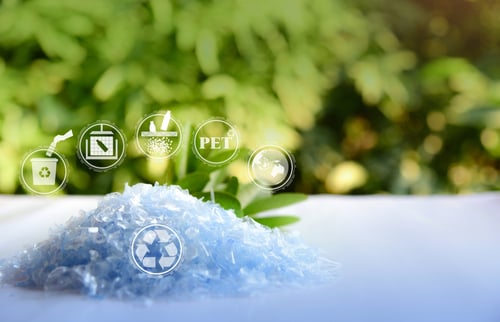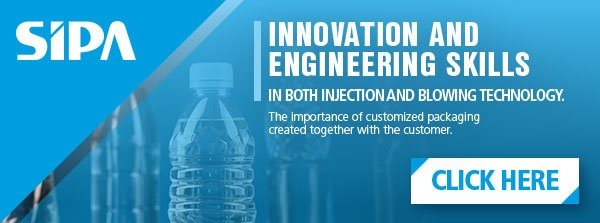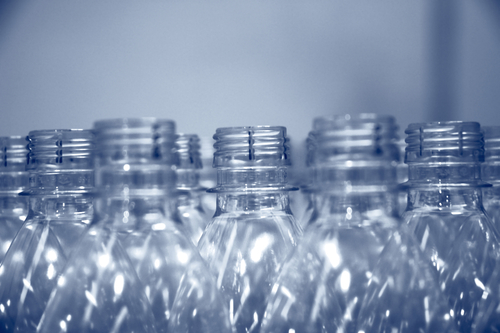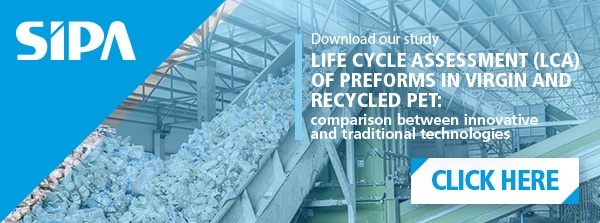During recent years, sustainability has taken on an increasingly significant role, both in terms of a progressive decrease in emissions from industrial manufacturing and the supply chain, and greater attention to a reduction in the use of raw materials.
In the field of PET packaging these principles are at the centre of corporate development and reorganisation policies, with not only green marketing, but also economic effects.
The reduction in PET packaging weight actually means lower expenses for the company, as well as offering advantages in terms of sales, satisfying the needs of an increasingly broad section of end consumers.
The steps forward that have been taken to lighten PET preforms and bottles
Generally speaking, companies working in PET packaging have put considerable commitment into these principles, taking great steps forward to produce lighter weight preforms and bottles, while keeping the performance of finished containers at maximum levels.
These efforts have been concentrated above all in reducing material in the bottom, body and shoulder of the PET preforms.
Today we have reached a point at which finding elements in the preform and bottle that can be made even lighter is becoming increasingly difficult.
It is still possible to work on necks, even though these are extremely sensitive parts for more than one reason.
Technology Study: "How to increase the life of a PET preform mould?"
Preform and bottle neck: a crucial element during production of PET packaging
While it is true that the shoulder is the point on the bottle in which the main stress is discharged, as it is the area in which the consumer picks up the container (so it must be sufficiently resistant to high mechanical stress), the neck is a critical element, as it is subject to deformation - particularly for sparkling liquids - but also in relation to the packaging production process.
The neck with its neck ring is also known to be the point of hook-up and transfer - using neck handling technologies - of preforms and bottles, during the various phases of injection, blowing, filling, all the way to capping of the bottles.
In traditional systems, based on processing using stand alone machines, excessive lightening of the necks of preforms exposes businesses to production risks, as the necessary strength is missing from the product packaging.
Read Also: "Advantages of PET bottling lines:cleanliness, flexibility, lower costs"
The advantages of an integrated synchro solution
The principle governing production is that the more steps there are within the process, the greater the probability that there will be problems with the product quality.
Designing a light-weight neck requires detailed study of how the product passes along the whole process chain.
This planning requires a holistic approach that must take into account production of the preform and the bottle, as well as their handling, during the process, along with the capping performance and guaranteed integrity of the finished product until it reaches the consumer’s table.
Integrated solutions undoubtedly greatly help to achieve excellent results in terms of quality and lightening.
The most modern lines, fruit of advanced technology applied to the sector, actually allow effective integration of the process that combines production of preforms, blowing, filling and capping.
We are talking about solutions that overcome traditional neck handling systems, thus reducing the risks connected to the stresses to which the preforms and bottles are subjected.
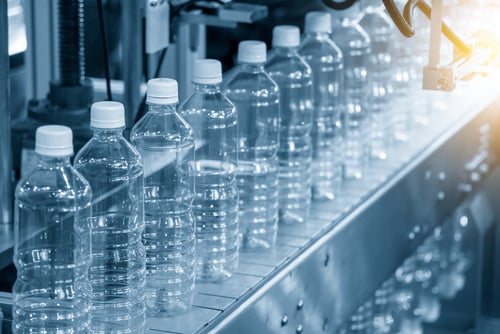
Further focus points to lighten weight within an integrated line
As mentioned, integrated synchro lines represent the most advanced solution to achieve planning of lighter weight containers, combining quality, reliability and savings.
Among the other significant points, these types of line are able to produce from the smallest containers (100 ml) up to those of 3.5 l.
However it is necessary for the supplier of these lines to carefully assess other points. Specifically:
- Reduce changes to the existing moulds.
- Functionality of the neck during filling.
- Possibility of increasing the potential for weight reduction, using special treatments on the surface of the mould.
Would you like details of solutions targeted to suit your business? Contact our experts
